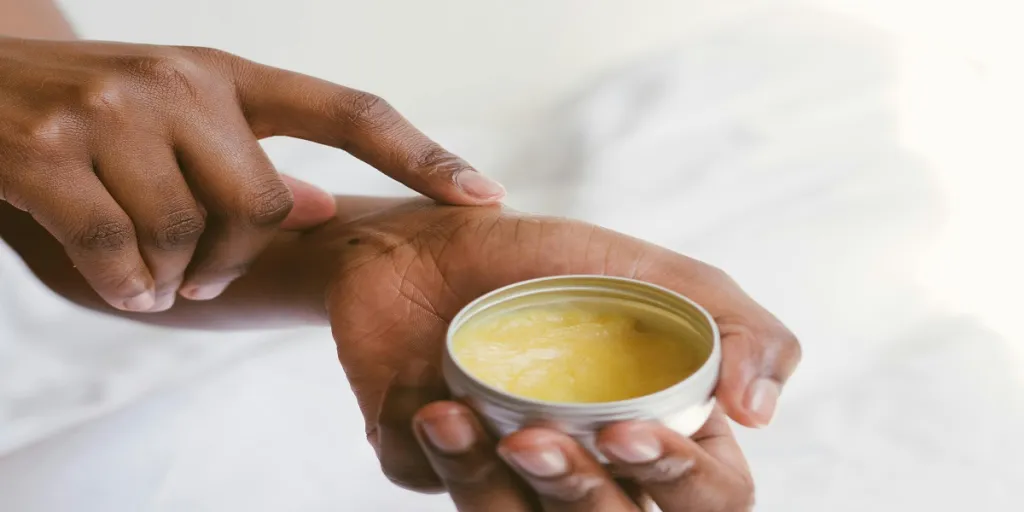Products with fermented ingredients witnessed a popularity increase during the pandemic and didn’t slow down after. The potency and efficacy of the fermentation process has persuaded more consumers to seek out fermented products and this has increased demand.
Thankfully, businesses can sow the seeds of profit in this market by investing in the right fermented ingredients. Although the trend is still growing, fermented ingredients offer stable opportunities for sellers to release more appealing products.
This article will discuss the fascinating evolution of fermented ingredients and how retailers can benefit from the rising market’s potential.
Table of Contents
A brief summary of the fermented ingredients market
The four stages of the trendcurve of fermented ingredients market
Wrapping up
Overview of the global fermented ingredients market
The global fermented ingredients market reached a total value of US $23.1 billion in 2021. Research suggests that the industry will expand to US $39.3 billion, growing at a compound annual growth rate (CAGR) of 9.7% by 2027. The fermented market owes its growth to the expanding manufacturing capacity and innovation within the category.
The personal care and cosmetics segment utilize yeasts, bacteria, and other fermented ingredients to create effective products. These ingredients offer various functional benefits that contribute to the consumer’s overall skin health. Experts predict these advantages will further drive the global market’s growth.
In addition, the rising awareness of skin health has pushed consumers toward fermented skincare products. Fermentation enriches the antioxidant level, which helps to soothe the skin and reduce the aging process.
The 4 stages of the fermented ingredients market trend curve
1. Innovator
Innovators are pushing the growth of the sustainability conversation by highlighting the benefits of fermentation, like product longevity. They also drive the importance of limiting environmental impact with bioengineered ferments.
In addition, most innovators thrive by drawing inspiration from the fermented ingredient’s sustainable narrative. These conversations project eco-friendly sourcing practices and focus on how ferments like lactic acid double down as preservatives. For instance, Tata Harper’s rejuvenating serum utilizes a kimchi ferment to enhance fine lines and hydrate the skin.
Taiwanese innovator O’Right creates impressive skin-brightening ingredients extracted from locally-sourced agricultural waste. Also, Boisaance Brasil produces sustainable and stable squalane from fermented 100% local Brazilian sugarcane.
Sellers can introduce sustainability into the conversation by investing in products appealing to the Protopian consumer. Nature-forward innovations are what these customers demand in beauty products. Look toward the natural aroma of fermented ingredients to combine purpose with product experience.
2. Early adopter
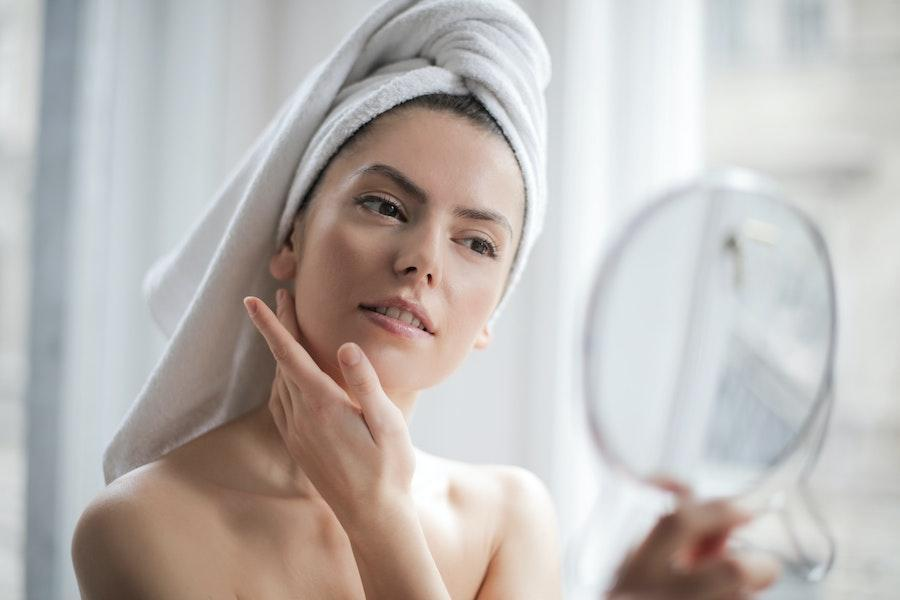
Early adopters prefer discussing the science behind fermentation. These groups love ingredients like bioferment hyaluronic acid that evolve fermentation beyond its holistic confines. Ultimately, the early adopter’s goal involves showcasing how ferments make skincare ingredients more powerful and versatile than natural-based or lab-based alternatives.
Brands like Antipodes Scientific Beauty create their hyaluronic acid from the bacterial fermentation of vegetables. Another perfect example is 111Skin’s Respirative Beauty Dose, which detoxes and eases skin inflammation with fermented barley grass. In addition, luxury K-beauty brand SU:M37 merges high-performance formulas with age-old and science-backed fermentation knowledge.
Actioning the early adopter mindset involves dabbling in products that combine natural ingredients with biotech solutions. This approach allows sellers to appeal to wellness-driven and fast-driven consumers. Capitalize on items using fermentation to deliver more potent versions of ingredients like glycolic and hyaluronic acid.
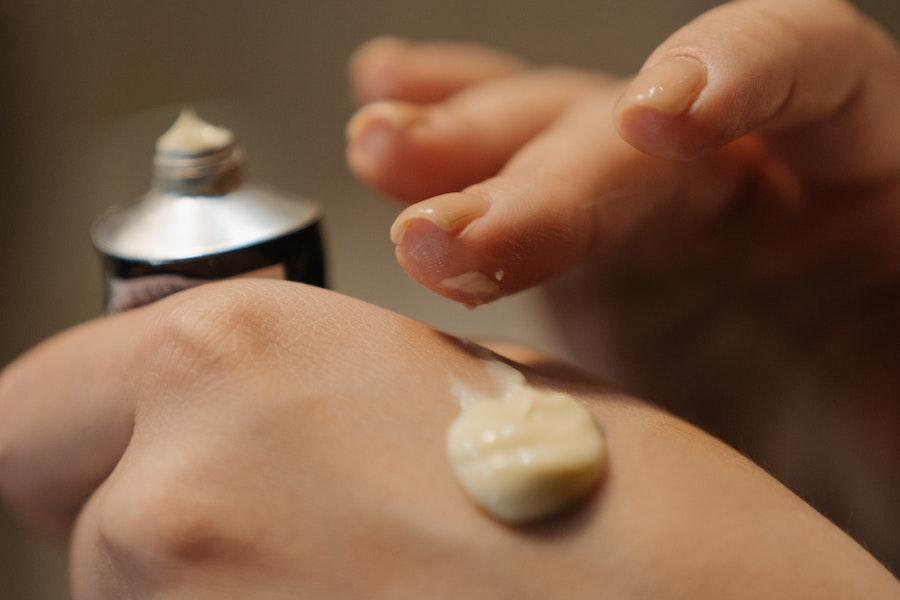
Retailers may also communicate ferments’ ability to permeate the skin at deeper levels for better results. African Botanics Detox System Ferment relies heavily on this idea as it provides detoxification on a cellular level.
3. Early majority

This stage promoted fermentation benefits for sensitive skin. The focus shifted to ferments with calming and soothing sensations. In addition, most early majority influencers showcased the compatibility of fermented ingredients with sensitive skin. As a result, the fermented haircare segment became the largest of any evolution stage.
Jenny House Cosmetics from South Korea provides soothing effects for sensitive skin by fermenting truffles for 72 hours. The early majority brand uses this process to ensure all nutrients deeply permeate the skin. Darphin explores altermonas extract ferments to help reduce skin reactivity. Other brands in this stage, like NYKAA, cater to consumers with dry hair using fermented rice water and bamboo.
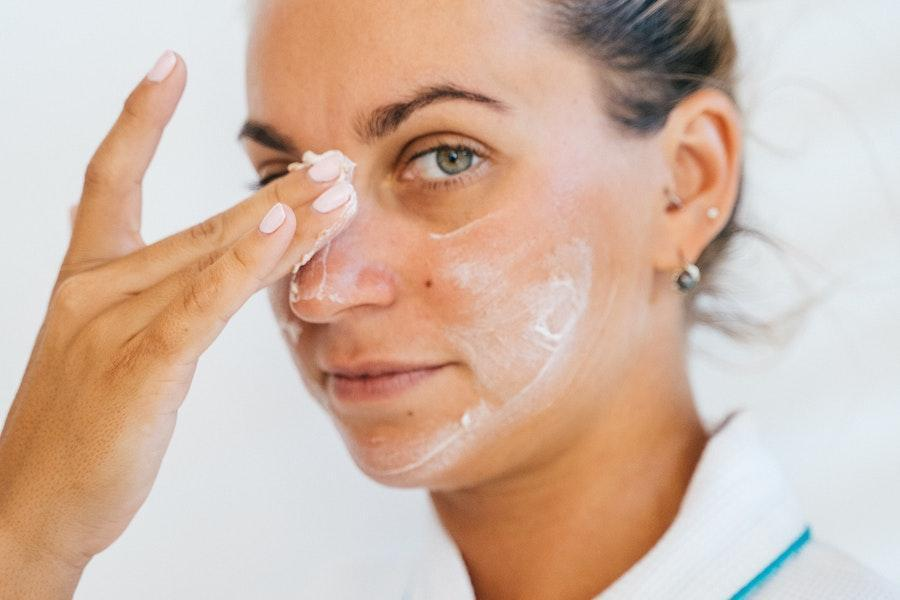
Sellers can action this stage by focusing on products offering fermented scalp care for sensitive skin. Retailers can also explain the benefits of fermented ingredients and how they help restore the skin barrier and reduce inflammation. Interestingly, this stage’s benefits are transferable to the hair care market.
4. Mainstreamer
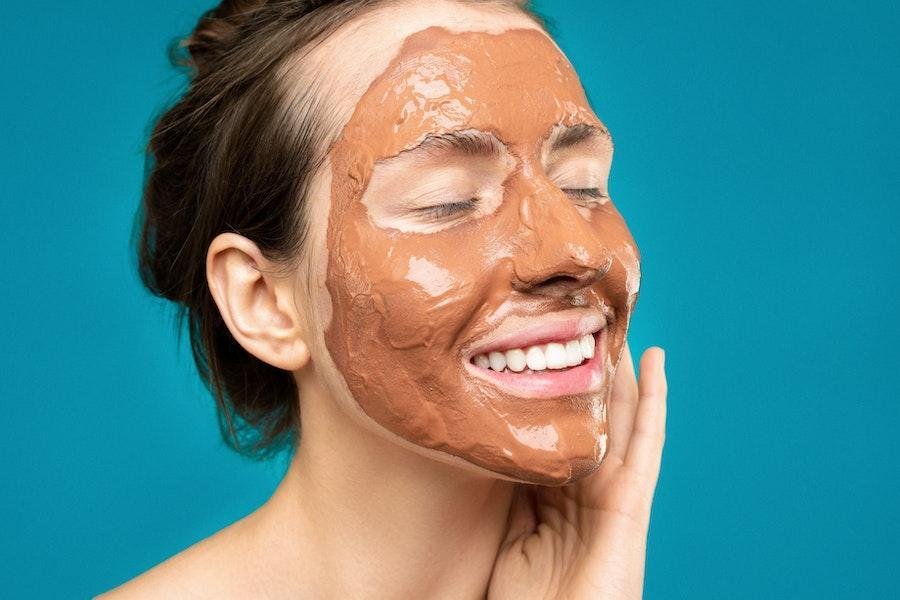
Mainstreamers concentrate on the moisturizing and hydrating benefits of fermented ingredients. Interestingly, products with mask formats head the conversation at this stage. Mainstreamer brands are driving the masks segment and making it a significant beauty format in fermented ingredients.
In addition, most mainstreamers highlight the benefits of combining hyaluronic acid with other fermented ingredients to enhance hydrating effects. Simple’s Coconut Water Hydrating Mask features 8% probiotics and prebiotics ferments, which help to restore the skin’s barrier. Another example is Mamonder’s Flower Ampoule Mask Pack which drives hyper-hydration with lactic and bacteria fermentation.
Stocking up on products combining hyaluronic acid and aloe bioferment is an ideal way to action the mainstreamer stage. Not only will it promote hyper-hydration benefits, but it will also help sellers appeal to consumers itching for deep skin care. For instance, Clinique’s Moisture Surge merges bio-ferment with hyaluronic acid to penetrate the skin with moisture.
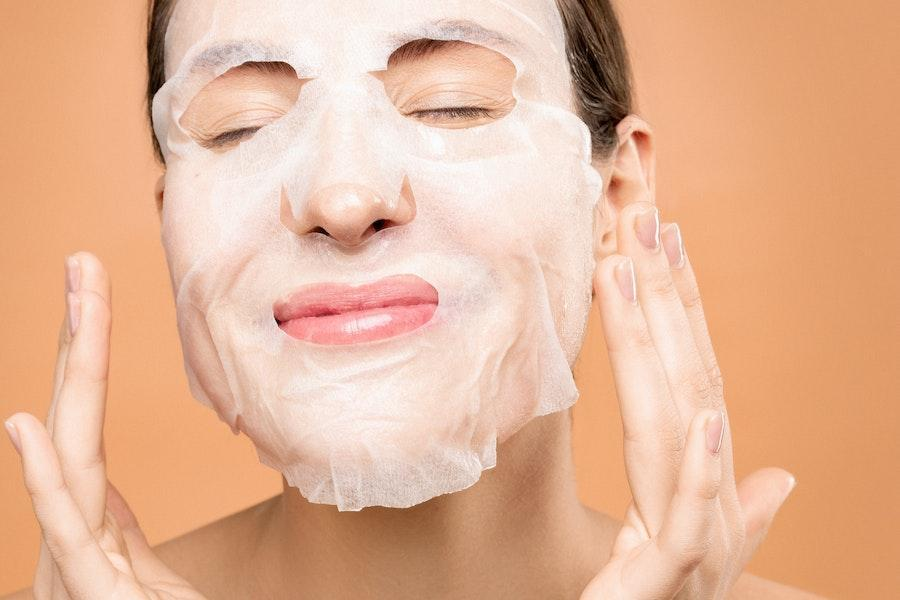
Retailers may also focus on haircare productions offering similar fermentation benefits. Draw inspiration from the K-beauty brand Beyond, which employs a fermented essence to hydrate the hair and scalp.
Wrapping up
Fermented ingredients are moving into the spotlight and topping the ranks. Consider focusing on products with single or minimal ingredients that promote ferments as the hero.
Retailers following the innovator route should prioritize the color cosmetics industry. It’s the first and most profitable way to bring fermented ingredients to the general public. Capitalize on skincare/makeup combos that reduce the duration of daily beauty routines.
In addition, sellers can draw inspiration from the early majority stage by focusing on fermented products for sensitive skin and ones that protect the microbiome.
Innovators, early adopters, early majority, and mainstreamers are the fermented ingredients evolution stages for businesses looking for sustainable sales in the market.
